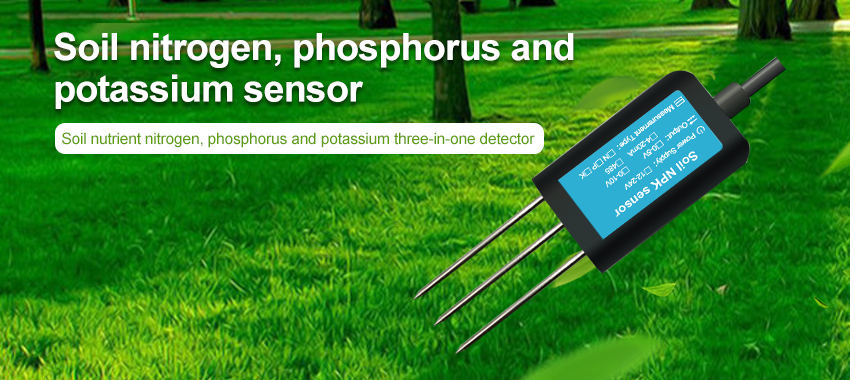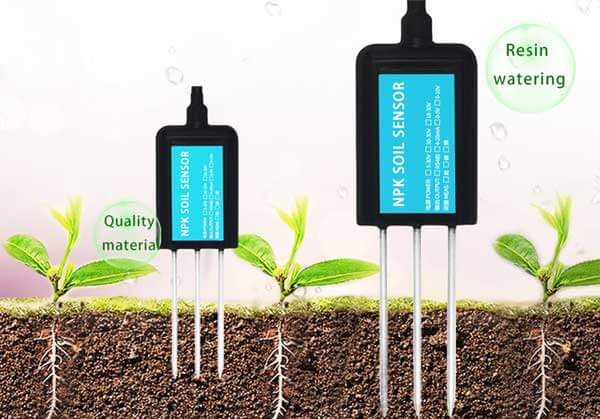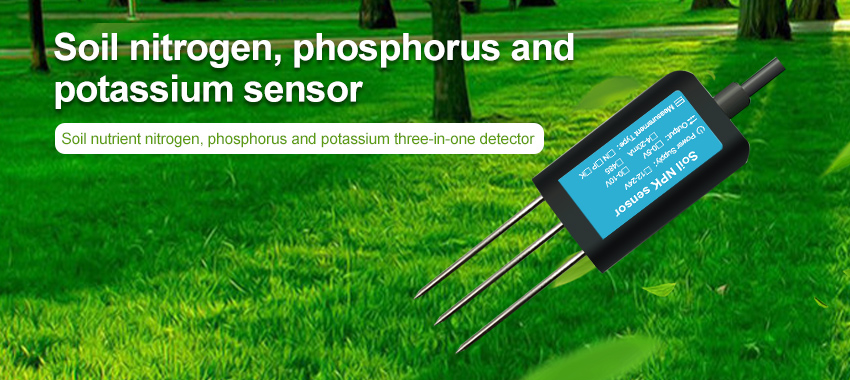Soil is a vital component of our ecosystem, playing a crucial role in agriculture, forestry, and environmental sustainability. However, beneath its surface lies a wealth of information that has remained largely hidden from our view. In recent years, the development of soil sensors has revolutionized our understanding of soil properties and processes. These sensors have the potential to unlock the secrets of soil, providing valuable insights for sustainable land management and agricultural practices. In this article, we will explore the potential of soil sensors and their role in uncovering the hidden world beneath our feet.

The Importance of Understanding Soil:
Soil is not just a medium for plant growth; it is a complex ecosystem that supports a diverse array of organisms and processes. Understanding soil properties, such as moisture content, temperature, nutrient levels, and pH, is essential for optimizing agricultural practices, managing water resources, and mitigating the impacts of climate change. Traditionally, soil analysis has relied on labor-intensive and time-consuming methods, making it challenging to obtain accurate and timely information. Soil sensors offer a promising solution by providing real-time data on various soil parameters.
Types of Soil Sensors:
Soil sensors utilize different principles to measure specific soil properties. Some common types of soil sensors include:
a. Moisture Sensors:
These sensors measure the water content in the soil, helping farmers monitor irrigation requirements and prevent overwatering or underwatering. Moisture sensors can be based on capacitance, resistance, or time domain reflectometry (TDR) principles.
b. Temperature Sensors:
Soil temperature plays a critical role in microbial activity, nutrient availability, and plant growth. Temperature sensors placed at different soil depths provide valuable information for optimizing planting times and enhancing crop yield.
c. Nutrient Sensors:
These sensors measure the concentration of essential nutrients in the soil, such as nitrogen, phosphorus, and potassium. By monitoring nutrient levels, farmers can apply fertilizers more precisely, reducing costs and minimizing environmental impacts.
d. pH Sensors:
Soil pH affects nutrient availability and microbial activity. pH sensors enable farmers to adjust soil acidity or alkalinity, creating optimal conditions for plant growth.

e. Electrical Conductivity (EC) Sensors:
EC sensors measure the ability of the soil to conduct electricity, reflecting its salinity level. Monitoring soil salinity helps farmers select suitable crops for specific areas and manage irrigation effectively.
Advantages of Soil Sensors:
Soil sensors offer several advantages over traditional soil analysis methods:
a. Real-time Monitoring: Soil sensors provide continuous and real-time data, allowing farmers and researchers to monitor soil conditions more effectively. This data-driven approach enables timely decision-making and proactive intervention.
b. Precision Agriculture:
Soil sensors contribute to the implementation of precision agriculture techniques, where resources such as water, fertilizers, and pesticides are applied precisely where and when they are needed. This reduces waste, improves crop yield, and minimizes environmental impacts.
c. Cost and Time Efficiency:
Soil sensors eliminate the need for labor-intensive soil sampling and analysis, saving time and reducing costs. Farmers can obtain immediate feedback on soil conditions, reducing guesswork and improving productivity.
d. Scalability:
Soil sensors can be deployed at various scales, from small-scale farms to large agricultural landscapes. This scalability allows for comprehensive monitoring and management of soil conditions across different regions.
Applications of Soil Sensors:
Soil sensors have diverse applications across different sectors:
a. Precision Agriculture: Soil sensors help farmers optimize irrigation, nutrient application, and pest management. By tailoring farming practices to specific soil conditions, farmers can maximize crop yield while minimizing resource use.
b. Environmental Monitoring: Soil sensors contribute to the monitoring of soil health and environmental quality. They help detect soil contamination, assess the effectiveness of remediation measures, and evaluate the impact of land use changes.
c. Climate Change Research: Soil sensors play a crucial role in studying the effects of climate change on soil processes. They help measure carbon sequestration, greenhouse gas emissions, and soil respiration, providing valuable data for climate change models and mitigation strategies.
d. Land Restoration: Soil sensors assist in the restoration of degraded lands by monitoring soil parameters and guiding appropriate interventions. They aid in selecting suitable plant species, improving soil fertility, and preventing erosion.
Challenges and Future Directions: While soil sensors offer significant potential, several ch
